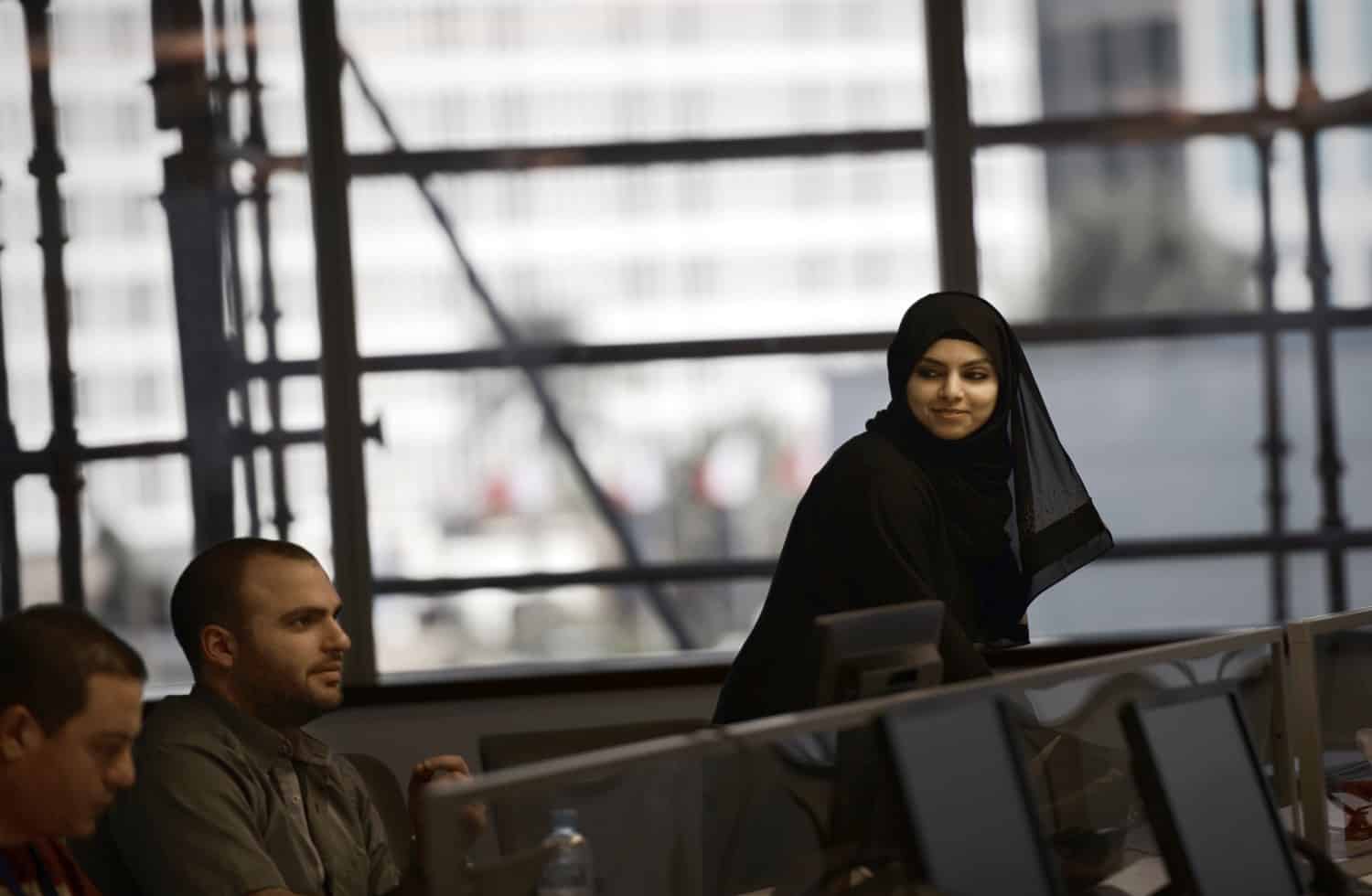The past two years have tested the flexibility and resilience of payroll teams, forcing them to cater for hybrid working models and respond with agility to evolving tax relief measures. The experiences of these challenging times have prompted many payroll departments to modernise their systems and processes in anticipation of even more change to come.
As we look towards 2022, it seems unlikely that the volatility we have experienced since the start of the pandemic will disappear. Payroll teams will need to be adaptable and efficient to stay ahead of evolving regulations and legislation, as well as the demands of their workforces.
Here are three trends that are likely to dominate the year to come:
Data protection and privacy remains front of mind
The impact of data privacy regulations, isn’t limited to consumer-facing departments or specific countries. It also applies to how payroll departments handle employees’ personal data. Sage research indicates that nearly half of HR and payroll professionals are worried about data privacy compliance.
While nine in ten believe their organisation complies with the regulations, they remain concerned about cyberattacks or data being leaked or stolen. This may be a major incentive for those still using spreadsheets and other manual approaches to consider modernising their payroll and HR systems to close security gaps and ensure data privacy.
Hybrid working models become entrenched
The debates about the pros and cons of remote work versus office-bound work continue, but it seems hybrid work will be part of the future for most organisations. Our research shows that 82% of SMEs are currently working completely remotely or in hybrid environments, complicating HR and payroll management even further.
Payroll teams have needed to learn to collaborate in remote settings and master the challenges of keeping data secure and supporting geographically dispersed employees. As we move into the future, we can expect the workforce to become even more flexible regarding how, when and where it works – payroll will need to be agile to keep up.
Move to the cloud accelerates
Many payroll professionals spend a significant proportion of their day completing repetitive tasks such as preparing and processing payrolls. Automating tax calculations and centralising and digitising employee records in a digital system can enable them to reclaim lost hours spent on admin.
Our research shows that organisations will move away from manual and on-premise solutions to cloud-based systems. This shift will reduce the paperwork burden, facilitate remote work, and provide real-time insights to support business decision making.
Opting for an integrated, cloud-based payroll and HR system delivers the optimal ROI. Such systems offer one database for all payroll and HR data, providing a single source of truth and insights into the organisation. It also reduces the need to recapture manually or export and import data between payroll, HR and accounting systems.
Managing complexity
The complexity of running the payroll is exacerbated by COVID-19, which has disrupted organisations and led to lower confidence among professionals. However, payroll professionals can take control of their processes this year by using technology to reduce administrative burdens and gain real-time insights.
Yolandi Esterhuizen is a Registered Tax Practitioner & Director: Product Compliance, Sage Africa & Middle East.
The opinions expressed are those of the author and may not reflect the editorial policy or an official position held by TRENDS.








